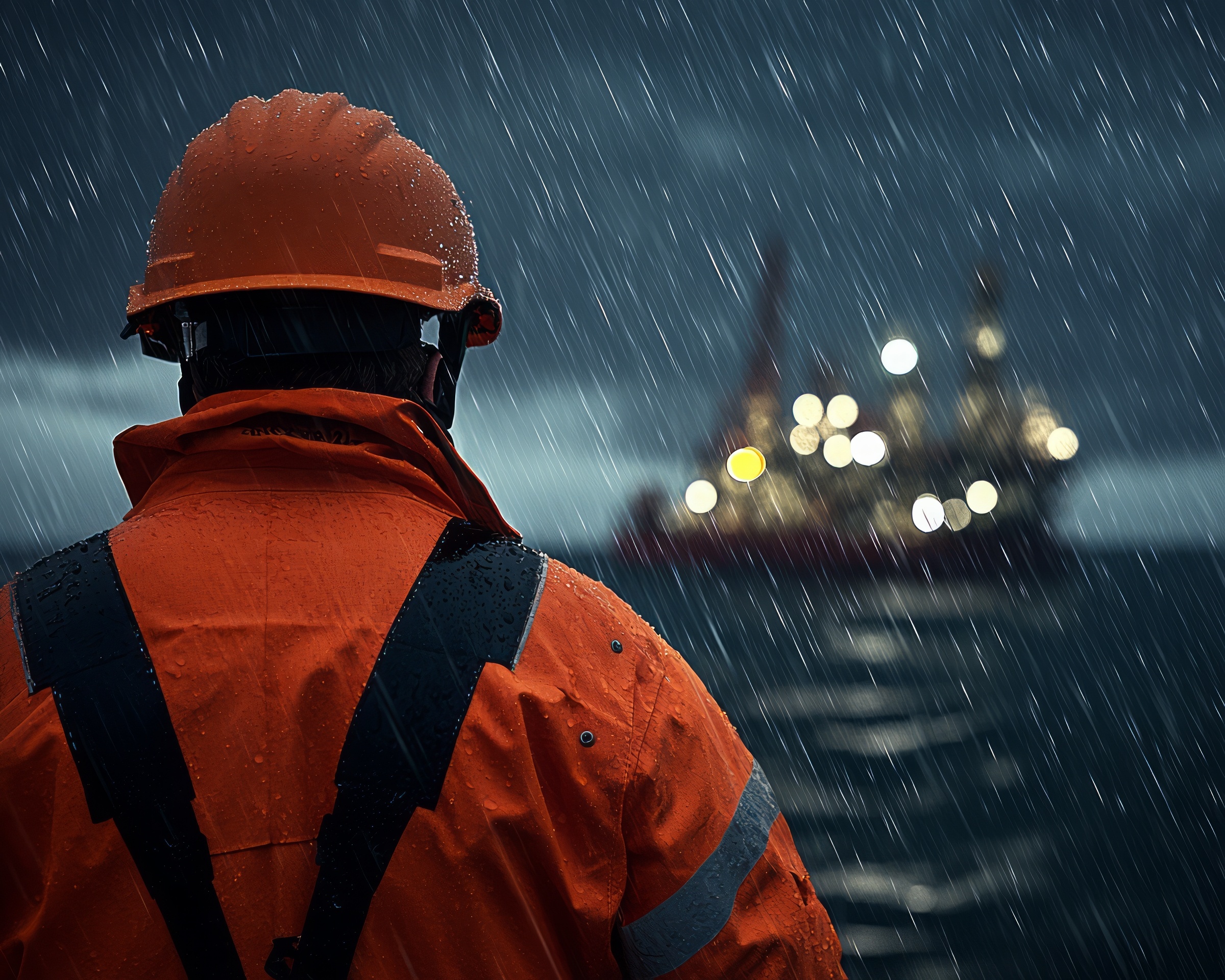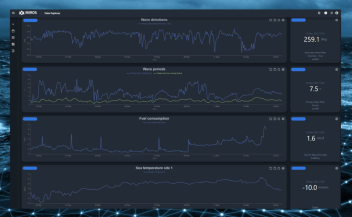Seeing the Unseen: Why Real-Time Wave Data Expose Hidden Offshore Risks
Imagine standing on the deck of an offshore vessel or platform in bad weather or at midnight. The wind howls, waves crash, and visibility is near zero. Now, thanks to revolutionary wave measurement and prediction technology, offshore workers no longer have to navigate the invisible.




For decades, offshore industries have relied on traditional methods like wave buoys, satellites, or manual weather assessments that often lag behind fast-changing sea conditions. Luckily, there are other solutions around. With dry-mounted wave sensors installed on platforms, wind turbines, or vessels, offshore safety has taken a dramatic leap forward. Precise sea state measurements replace uncertainty with real-time actionable insight for precious local situational awareness.
Why Traditional Methods Leave Workers Vulnerable
Conventional approaches to sea state measurement suffer from critical flaws:
Limited Visibility: Darkness, fog, and heavy rain render visual assessments ineffective.
Generalized Forecasts: Meteorological models provide broad predictions but often fail to capture localized conditions.
Human Error: Subjective interpretations can lead to inconsistent, risky decisions.
To safeguard crew during transfers, dynamic positioning, diving, anchor handling, ROV support, or heavy lifting, precise, reliable, and sharable data are essential. When conditions shift suddenly, relying on archaic methods is no longer an option.
Real-Time Wave Data Brings Clarity
In the offshore industry, miscalculating wave conditions can result in catastrophic accidents, structural damage, and costly operational delays. But with advanced measurement technology, operators no longer have to guess — they can simply measure and know.
For any offshore vessel, accurately measuring the Hs (Significant Wave Height) is vital for determining whether operations can proceed safely. Yet, in bad visibility or the dead of night, when the horizon disappears and gauging sea conditions becomes nearly impossible, the margin for error shrinks to a critical point. Conventional methods frequently prove inadequate, forcing operators to depend on outdated techniques that could put both safety and efficiency at risk.
For instance, wave buoys can drift or fail under extreme weather conditions. Dry-mounted sensors stay where they are expected to be and deliver uninterrupted, real-time wave data straight from their local offshore installations, platforms, or vessels. It’s the equivalent of giving offshore workers night-vision goggles — transforming the invisible into crystal-clear, actionable data around the clock and where they need it.
“In an industry where every second matters and miscalculations can mean the difference between safety and disaster, having real-time, predictive ocean data isn’t just an innovation — it’s a necessity.”
The AI Revolution: Who wouldn’t want to Predict the Ocean’s Next Move?
Real-time data is just the beginning. The real breakthrough is reliably predicting ocean behavior before it happens.
Look at AI-driven technology like PredictifAI, it harnesses real-time wave data to anticipate sea state changes and wave-induced vessel motion up to minutes in advance. The solution automatically adapts to fluctuating weather, accurately predicts multimodal sea states, and delivers verified insights in real-time. This new tool allows offshore teams to know not just what the sea and vessel are doing now — but what they will do next.
By eliminating uncertainty, PredictifAI empowers operators to remove the guesswork from decision-making, turning unpredictability into a manageable risk. This in turn allows to plan safer operations, improve efficiency, and minimize costly downtime.
A further advantage is that vessel operators in need of short-term highly accurate wave and motion prediction to safeguard their weather-critical operations get a fundamentally better understanding of wave behavior and current-induced vessel movements. This technology is proven to work reliably in simple and complex sea states and provides real-time verified prediction accuracy while no calibration, no modeling, and no digital twin is needed.
This era of offshore safety isn’t coming — it’s already here.
The Future of Offshore Safety: Cutting-edge Wave Measurement Combined with AI is Rewriting the Rules
Offshore operations will always be at the mercy of an unpredictable ocean. But now, cutting-edge wave measurement combined with AI forecasting is rewriting the rules. No longer do workers need to operate in the “dark” — they can see, predict, and take control of the unpredictable forces around them.
Keen to Find Out More? Check this:
PredictifAI® – New-generation wave and vessel motion prediction technology that automatically adapts to varying sea state conditions and reliably handles multimodal sea states.
WaveSystem – Enhancing offshore operations with hyper-local, real-time wave and current data.
The Future of DP Operations: Integrating Wave Measurements and Artificial Intelligence – When integrated onboard vessels, real-time wave measurement and wave prediction technology can enhance DP systems.

